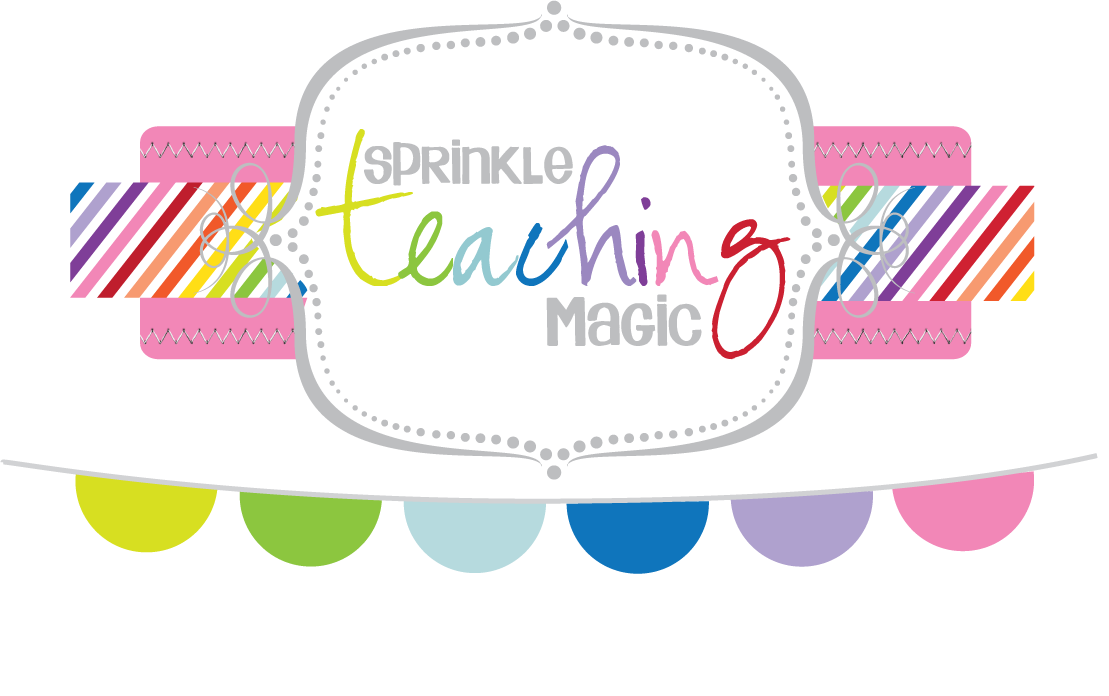Choice Boards/ Choice Menus------ Differentiation at its BEST!
Meeting the needs of all students in the classroom is a challenging proposition. Teachers do not teach to the middle, as some parents think. Rather we understand that each child's learning DNA is different. Learning modalities, strengths in particular intelligences, content passions, prior knowledge all play into a child’s path to learning. An easy way to accommodate these differences is to offer a child choice. Choice Boards/Choice Menus may be used K-12 with any content. Next time you decide to assign a project consider giving your students some options for how to show content understanding.
In the case of the cell project, I asked students to choose a 20 point task and an 80 point task. A student might choose 3D cell representation or a city design using their imagination to create city features correlated to cell features. One choice requires building; the other is an artistic endeavor. For the researcher, a summary of a recent article on cells could get them 20 points. Two 20 point options were included and four 80 point options. Student buy in is immediate because they feel empowered and in control of their learning. Parents are happy because the child is engaged. A twofer!
Some teachers worry that students may choose the easiest options. To avoid this concern, consider the challenge factor when creating the board of choices. The first column of choices may be the most challenging, second column a bit easier, and the last column the easiest. Students choose one from the first column and one from the other two or maybe they are asked to make choices in a straight line, like a bingo card. The challenges are controlled and the learning is deep.
With any project that is completed at home over a two or three week block of time, students may procrastinate. To avoid a family melt down the night before due date, have students fill out a step by step planner to spread out the work and to anticipate the scope of the work. You may want to type up the steps, and the student writes the date next to each step. Also discuss the rubric, which often is the same for a number of the choices. You may create a separate rubric for the project presentation. Periodically, I check in with students on the progress they have made. The project is completed and the excitement is palpable when the projects arrive in the classroom. Students talk about what they have learned and emphasize the intricacies of their creation. I often have the table groups share to accommodate the time crunch.
Part of the teaching MAGIC is creating curriculum. Let your creative juices flow; create a choice board to enliven the learning! OR check out Teacher Pay Teacher for choice board options. Learning at its BEST! DIFFERENTIATED learning!
I am really loving my black and white photo collage going up my stairs. I made a very short video tour!



